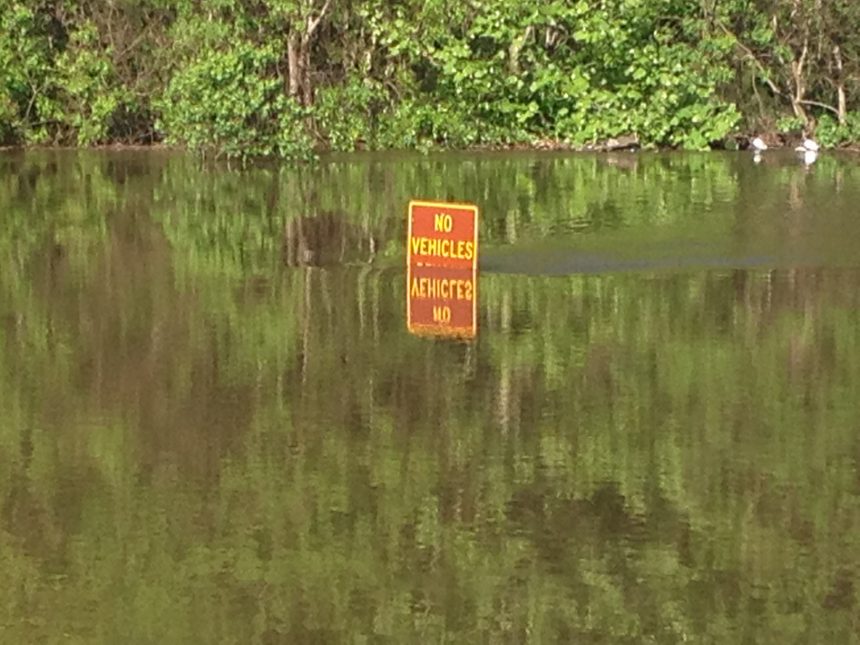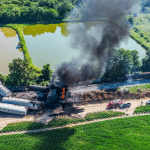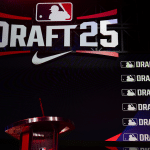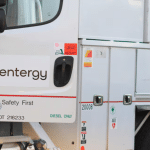Following the recent impact of Hurricane Ida, it’s important to review these tips from the Better Business Bureau that help consumers to identify flood-damaged vehicles.
According to the BBB, flood-damaged vehicles typically show up at auto auctions, used car dealerships, and in classified ads. Unsuspecting consumers, particularly those living in regions of the country unaffected by hurricanes or flooding, are often fooled by fresh upholstery, new carpeting and bargain prices.
Once the owners of damaged cars settle with the insurance companies, the vehicles are sometimes refurbished and resold. Flooded cars are often transported well beyond the original region where the flood or major storm occurred to locations where consumers may be less aware of the damage and what warning signs to look for.
Among many possible mechanical problems faced by flooded cars, corrosion can take years to eventually surface, when it can cause electrical and mechanical problems. The BBB says that by the time the issues become apparent, the seller is gone, and the new owner is left with an unreliable vehicle, along with no recourse against the seller.
BBB has the following tips for car shoppers to determine if a used car is flood-damaged:
Ask to see the title. Check the date and place of transfer verifying where the car came from. If the title is stamped “salvage” or arrived from a recently flood damaged state, ask questions. Consider purchasing a vehicle history report of the vehicle, which includes information if the car has ever been tagged as “salvage” or “flood damaged” in any state.
Carefully check the dashboard. Examine all gauges to make sure they are accurate, and there are no signs of water. Look for indications that the dashboard may have been removed.
Check the electronic components. Test the lights, windshield wipers, turn signals, cigarette lighter, radio, heater and air conditioner several times to make sure they work. Also, flex some wires under the dash to see if they bend or crack, since wet wires become brittle upon drying.
Check the interior spaces. Look in the trunk, glove compartment, and beneath the seats and dash for signs of mud, rust, or water damage. Check for open drainage holes in the bottom of the vehicle.
Check the condition of the fabrics. Look for discolored, faded or mildewed upholstery, and carpeting. Recently shampooed carpets may be cause for concern. Carpeting that has been replaced may fit too loosely or may not match the interior color.
Get a vehicle history report from a database service. The National Insurance Crime Bureau’s (NICB) free database lists flood damage and other information. But take note: NICB reports are only helpful if the car was insured. If the owner of an uninsured flood-damaged car tries to sell it on the open market and you’re the buyer, you may never know there’s a problem until things like the electrical system go bad.
Remember to check under the hood. Look for standing water, mud or grit in the spare tire wheel well or around the engine compartment under the hood.
Do a smell test. A heavy aroma of cleaners and disinfectants is a sign there may be a mold or odor problem
Research the dealer. Always check out the BBB Business Profile of the dealer at BBB.org.
Get an inspection. Before buying any used car, consider having a pre-purchase inspection done by a trusted mechanic.








